In December of 1992, tragedy struck the Town of Gawler. Its Mayor for the past four years, Bob Bartlett, had died from cancer at the age of 68.

The Bunyip, December 9th, 1992.
Bob Bartlett had first been elected to Council in 1982, successfully running for Mayor in 1989. His widow, Lillian Bartlett, would start on Council at these 1993 elections, continuing in that role until her retirement in 2010.
The next week, the Bunyip ran a more detailed article in tribute.

The Bunyip, December 16th, 1992.
Unlike the situation in 2006 when a mayoral vacancy led Helena Dawkins to take over officially as Mayor, there was nothing in the Local Government Act of the time that gave Councillors the power to appoint a new Mayor this close to a new election. Instead, the Deputy Mayor simply took over as Acting Mayor for the remaining few months of the term.
Acting Mayor Tony Piccolo
If you don’t know about Tony Piccolo yet, you should probably take a look through my other Gawler Council history posts, since he’s starred in a couple of them now. He was Mayor of Gawler from 2000-2006, and has been the local Member of Parliament for the past 17 years.
That said, many might not know about his five-month term as acting Mayor in 1993, as it does not get officially included in lists of Gawler mayoral appointments.
In function, though, he was the Mayor, taking over the Mayor’s column in the Bunyip and wearing the official mayoral robes (a new set of which had just been freshly purchased). At the time of his appointment as Acting Mayor, he was quite young for a Mayor, at 32.
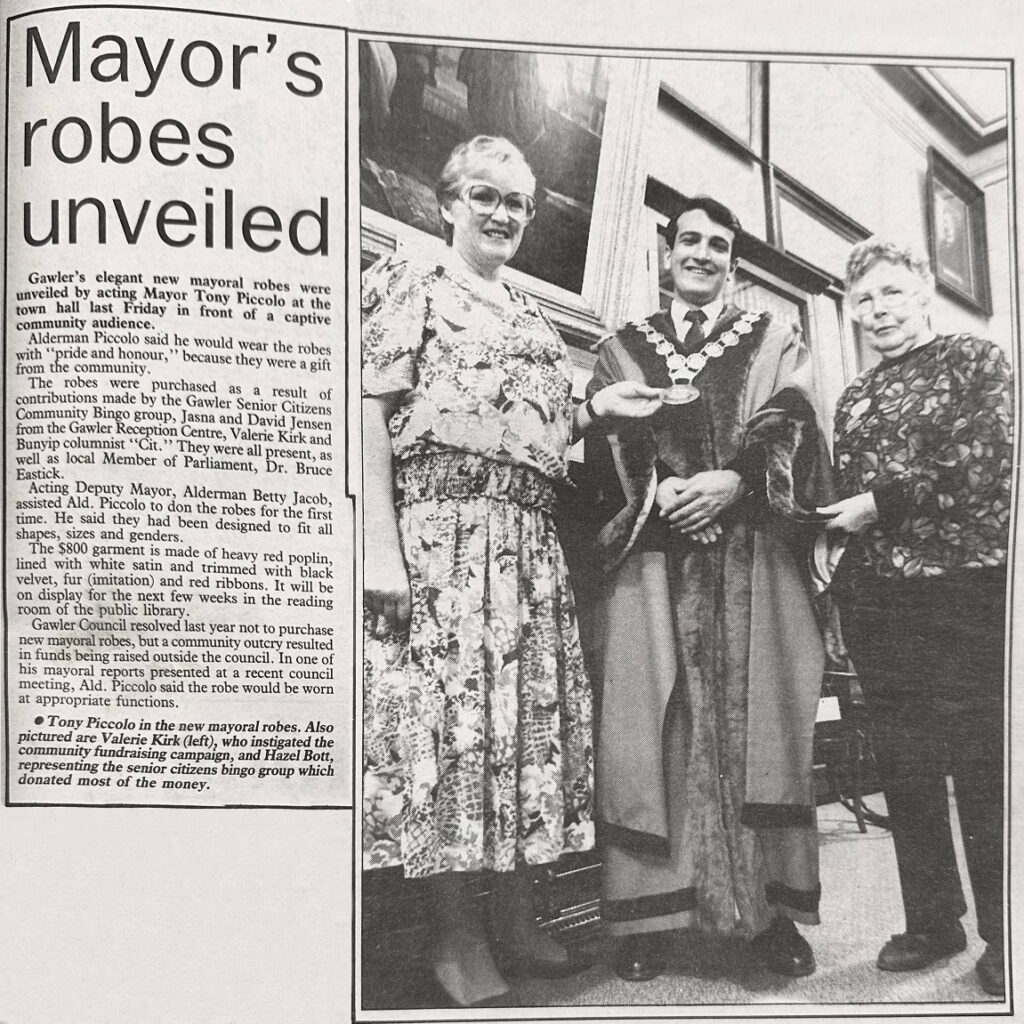
The Bunyip, March 10th, 1993.
Mayor Piccolo seemed to take to the role well, though not without some heckling from other Councillors, as Bunyip columnist Cit reports:

The Bunyip, March 17th, 1993.
The Mayoral Election
As the mayoral election approached, Tony Piccolo would have been in a good position to run for a proper term as Mayor, but there was one major roadblock to this idea.

The Bunyip, February 24th, 1993.
Bruce Eastick, former mayor and still-serving local MP, had thrown his hat into the ring. After contemplation, Tony Piccolo (perhaps wisely) decided to bide his time and continue running as a regular Councillor for the time being.

The Bunyip, March 17th, 1993.
Piccolo had run in the previous election as an Alderman (in other words, an Area Councillor not assigned to a particular ward), but as that position had just been abolished at this election, he instead decided to run for the Reid Ward.
Meanwhile, nobody else put up their hand for Mayor, and Dr Bruce Eastick was elected unopposed.

The Bunyip, March 31st, 1993.
By the end of March, Bruce Eastick had already become the Mayor-elect, but as the remainder of the election was not finished yet, the old Council under Acting Mayor Tony Piccolo was still in operation until the full election in May. Eastick was also still employed in his MP role as the Member for Light, a position he would keep until the next state government election.
That is, perhaps, what prompted the Bunyip to dedicate this cartoon to him:

When Eastick did retire as Member for Light at the end of the year, he was replaced by Malcolm Buckby, another Liberal who continued as MP for the next 13 years until being defeated by Tony Piccolo in 2006.
The Councillor Elections
This was the first election to introduce the sixth ward, Coombes Ward, which we’ve seen in both 1995 and 1997. It was a replacement for the scrapped position of Alderman, which I will explain in more detail when we get to the 1991 election next time.
As is, unfortunately, becoming typical, while we do have a printed list of candidate profiles, it only contains seven candidates, because the remaining eight won their wards automatically.
The Bunyip, April 29th, 1993.
Reid Ward
Reid Ward had three candidates for two positions:

Winner (223 votes): Tony Piccolo
- Incumbent Alderman, and Acting Mayor.
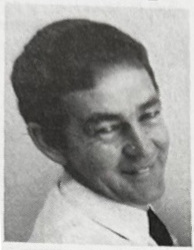
Winner (45 votes): Neville Joyce
- Incumbent.
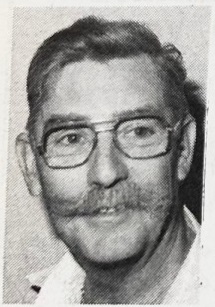
Missed out (11 votes): Robert Mercer
- New. Had also unsuccessfully run for Willaston Ward in 1991.
16.5% turnout. The other incumbent for this ward, Tony Gill, did not run again. Unsurprisingly, Acting Mayor Tony Piccolo blew everyone else out of the water in the votes here; in the name recognition contest that Council elections can be, the Mayor competing in a ward election is the equivalent of a professional football player competing in the under-14s.
Turner Ward
Turner Ward had four candidates for two positions:
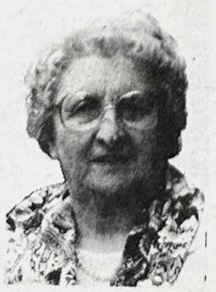
Winner (180 votes): Lillian Bartlett
- New. The widow of Mayor Bob Bartlett.

Winner (160 votes): Roland Chatterton
- New.

Missed out (104 votes): Michael “Mike” Johnson
- Was on Council from 1987-1991, but didn’t run at the 1991 election. Would return in 1997.
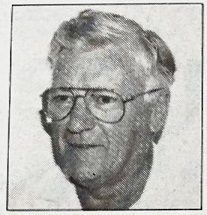
Missed out (34 votes): John Ashcroft
- Incumbent. Had been an elected member on and off since 1968, with 18 years of experience on Council, so I’m not sure why his result was this uncompetitive.
24.4% turnout. The other incumbent for the ward, David Taplin, did not re-contest.
The automatic winners
The other four wards had no competition this year: between them, there were eight candidates for eight positions.
Winners (Carleton Ward): Mark Vucic (new), Kurt Schubert (new)
- This ward had no incumbents running due to both switching to Coombes Ward. Or, more accurately, what shifted was Carleton Ward itself. The new sixth ward (Coombes) ate into a lot of what used to be Carleton Ward.
Winners (Willaston Ward): Phyllis “Penny” Hopper (incumbent), Neville Elphick (incumbent)
- ?
Winners (Martin Ward): Peter Graham (returning but not incumbent), Warren Dibben (new)
- Peter Graham had been away from Council for four years.
Winners (Coombes Ward): Dianne Field (Carleton Ward incumbent), Trevor White (Carleton Ward incumbent)
- See my earlier explanation about Carleton Ward.
Meanwhile, in Hewett
Here we see the early stages of what would become an ongoing boundary dispute between Gawler and Light Councils.

The Bunyip, September 1st, 1993.
Harkness Heights was the first estate to be established in Hewett, a suburb bordering Gawler that has been the topic of much debate in recent years regarding its boundaries. If you’d like to find out more about that discussion, you can visit my post about 2010.
I refer to it as Hewett because that’s what it’s called these days, but Hewett didn’t exist as a suburb before these developments went ahead, hence why the article still refers to it as taking place in Gawler Belt.
There was a lot of back-and-forth over this time period about the creation of new metropolitan development north of Gawler; Harkness Heights was being built outside of the Gawler Council boundaries (over in Light Council), but Gawler Council staff were insistent that the current Government growth strategy treated Gawler as the northernmost edge of the metro area, and that if people wanted to develop new estates, they could do so inside Gawler.
Despite Cr. Tony Piccolo’s suggestion in this article that he “thinks we’ll win this one”, multiple developments would go ahead in Hewett. Now, thirty years on, it’s still a sore point between the two Councils, though technically speaking, the modern Light Regional Council is a different legal entity from the Light Council being discussed here, having merged with Kapunda Council in 1996.
Next time on the blog, we will be covering the 1991 elections: the last Gawler elections to elect Aldermen.

Pingback: 1991 in Gawler's Election History - Cody Davies - Town of Gawler Elected Member
Pingback: 1989 in Gawler's Election History - Cody Davies - Town of Gawler Elected Member